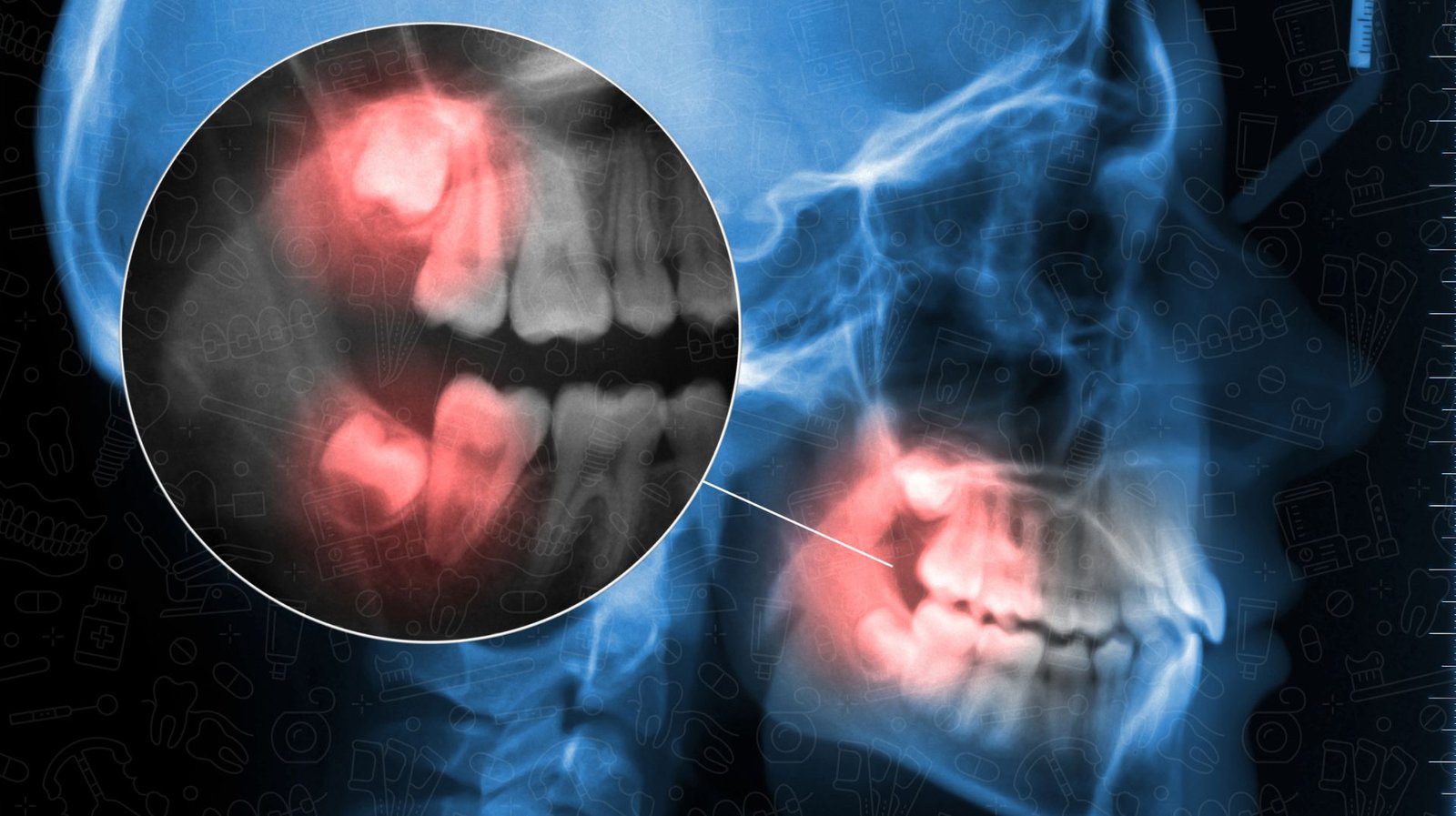I. Introduction
Overview of Tooth Replacement Options
Losing one or more teeth can significantly impact both oral health and self-esteem. Fortunately, modern dentistry offers several tooth replacement options to restore the function and appearance of your smile. These options include dentures, dental bridges, and a combination of implants and crowns. Each solution has its own benefits and drawbacks, depending on the specific needs and preferences of the patient.
Introduction to Implants and Crowns as a Combined Solution
Dental implants and crowns are often used together to create a strong, natural-looking tooth replacement. Dental implants act as artificial roots that are surgically placed in the jawbone, while dental crowns are placed on top of the implants to restore the visible part of the tooth. This combination offers superior stability, durability, and aesthetics compared to other tooth replacement options, making it the preferred choice for many individuals.
Purpose of the Topic: Understanding How Implants and Crowns Work Together
This article aims to provide a comprehensive understanding of how implants and crowns work together to create a seamless, long-lasting smile. By exploring the benefits, process, and suitability of implants and crowns, you will be better equipped to make an informed decision about your tooth replacement options.
II. Understanding Implants and Crowns
Definition and Function of Dental Implants
What Are Dental Implants?
Dental implants are titanium or zirconia posts that are surgically placed into the jawbone to replace the roots of missing teeth. These posts act as a foundation for attaching dental crowns, bridges, or dentures, providing a stable base that mimics the function of natural tooth roots.
How Implants Replace Missing Tooth Roots
Dental implants integrate with the jawbone through a process called osseointegration, where the bone grows around the implant, securing it firmly in place. This integration prevents bone loss, preserves facial structure, and ensures that the replacement teeth remain stable and functional.
Definition and Function of Dental Crowns
What Are Dental Crowns?
Dental crowns are custom-made caps that cover a damaged or missing tooth, restoring its shape, size, and appearance. Crowns are typically made from materials such as porcelain, ceramic, or metal, and they are designed to blend seamlessly with the surrounding natural teeth.
How Crowns Restore Tooth Structure and Appearance
Crowns protect weakened teeth, restore broken or worn teeth, and are used to cover dental implants. When placed over an implant, the crown becomes the visible part of the tooth, providing a natural-looking and durable solution for tooth replacement.
The Relationship Between Implants and Crowns
How Crowns Are Placed on Implants to Create a Complete Tooth Replacement
Once the dental implant has fully integrated with the jawbone, an abutment (a connector piece) is attached to the top of the implant. The crown is then secured to the abutment, creating a complete tooth replacement that looks, feels, and functions like a natural tooth.
The Role of the Implant as a Foundation and Crown as the Visible Tooth
The implant serves as a strong, stable foundation, anchoring the crown in place. The crown acts as the visible portion of the tooth, restoring both the aesthetics and function of the smile. Together, the implant and crown replicate the structure of a natural tooth, providing long-term stability and durability.
III. The Benefits of Using Implants and Crowns Together
Strong and Stable Tooth Replacement
How Implants Provide Stability and Support
Implants fuse with the jawbone, offering unmatched stability and support for crowns. This integration prevents movement or slippage, ensuring that the crown remains securely in place, even when chewing or speaking.
Advantages Over Traditional Dentures and Bridges
Unlike traditional dentures, which can shift or cause discomfort, implants and crowns provide a fixed, stable solution. Additionally, unlike bridges, implants do not rely on adjacent teeth for support, preserving the health of surrounding natural teeth.
Natural Appearance and Functionality
How Crowns Mimic the Look and Feel of Natural Teeth
Crowns are custom-made to match the color, shape, and size of your natural teeth. When placed on top of implants, they create a seamless, natural-looking smile that is virtually indistinguishable from real teeth.
Achieving a Seamless Smile with Implants and Crowns
Implants and crowns work together to restore not only the appearance of missing teeth but also their function. The result is a natural-looking smile that allows you to eat, speak, and smile confidently.
Long-Term Durability and Oral Health
Implants Preserve Jawbone Health and Prevent Bone Loss
Dental implants stimulate the jawbone, preventing the bone loss that typically occurs with missing teeth. This preservation helps maintain facial structure and reduces the risk of additional tooth loss.
Crowns Protect and Strengthen the Implant Structure
Crowns cover and protect the implant abutment, ensuring the longevity and stability of the implant. With proper care, implants and crowns can last for decades, providing a long-term solution for tooth replacement.
Improved Chewing and Speaking Abilities
Restoring Functionality with the Combined Use of Implants and Crowns
By replacing missing teeth with implants and crowns, you can restore full chewing and speaking abilities. The stability provided by implants prevents issues like slurred speech or difficulty eating, enhancing overall oral function.
IV. The Process of Getting Implants and Crowns
Initial Consultation and Treatment Planning
Your dentist will conduct a thorough evaluation of your oral health, including X-rays and digital imaging, to determine if you are a good candidate for implants and crowns. A personalized treatment plan will then be created based on your specific needs.
Placement of the Dental Implant
The implant placement involves a minor surgical procedure where the implant post is inserted into the jawbone. The surgical site is then allowed to heal for several months, during which the implant fuses with the bone through osseointegration.
Healing Period and Osseointegration
During this healing period, the jawbone grows around the implant, securing it in place. This process is crucial for the long-term success of the implant and typically takes several months.
Attaching the Abutment and Crown
Once the implant has integrated with the bone, an abutment is attached to connect the implant and the crown. Impressions are taken to create a custom-made crown that fits perfectly with the implant and surrounding teeth.
Final Placement and Adjustments
The custom-made crown is secured to the abutment, and any necessary adjustments are made to ensure a comfortable fit and natural appearance. The result is a strong, stable, and aesthetically pleasing tooth replacement.
V. How Implants and Crowns Complement Each Other
Implants as a Strong Foundation
Implants provide a stable base for crowns, ensuring that the tooth replacement remains fixed and secure. This stability prevents movement and helps maintain the alignment of the surrounding teeth.
Crowns as the Aesthetic Finish
Crowns complete the tooth replacement by providing a natural-looking surface that replicates the appearance of real teeth. Custom-made to match the shape, color, and size of adjacent teeth, crowns create a seamless and attractive smile.
Functionality and Balance
The combination of implants and crowns restores full functionality, allowing you to bite, chew, and speak with ease. This balance prevents issues like jaw pain, uneven wear, or misalignment, contributing to overall oral health.
VI. Comparing Implants and Crowns to Other Tooth Replacement Options
Implants and Crowns vs. Dentures
Implants and crowns offer greater stability, comfort, and aesthetics compared to traditional dentures. While dentures rest on the gums, implants are anchored in the jawbone, preventing slippage and discomfort.
Implants and Crowns vs. Dental Bridges
Dental bridges rely on adjacent teeth for support, which can weaken those teeth over time. In contrast, implants are independent and preserve the health of surrounding teeth and jawbone.
Cost Considerations and Long-Term Value
While implants and crowns may have a higher initial cost compared to other options, they provide superior durability and longevity, making them a cost-effective solution in the long run.
VII. Who Is a Good Candidate for Implants and Crowns?
Ideal candidates for implants and crowns have good oral health, sufficient jawbone density, and healthy gums. If you have limited jawbone density, bone grafting may be recommended to support the implants.
VIII. Common Myths and Misconceptions About Implants and Crowns
Myth 1: Implants and Crowns Are Painful and Complicated
Fact: With modern techniques and anesthesia, the procedure is relatively pain-free, and most patients experience minimal discomfort.
Myth 2: Implants and Crowns Are Only for Older Adults
Fact: People of all ages can benefit from implants and crowns as long as they meet the candidacy requirements.
IX. The Importance of Maintenance and Care
Regular dental check-ups, proper oral hygiene, and avoiding harmful habits are crucial for maintaining the health and longevity of implants and crowns.
X. Final Thoughts: Why Implants and Crowns Are an Optimal Solution
Implants and crowns provide a strong, natural-looking, and long-lasting solution for tooth replacement. If you’re considering restoring your smile, consult with a dental professional to explore the benefits of implants and crowns for your specific needs.





